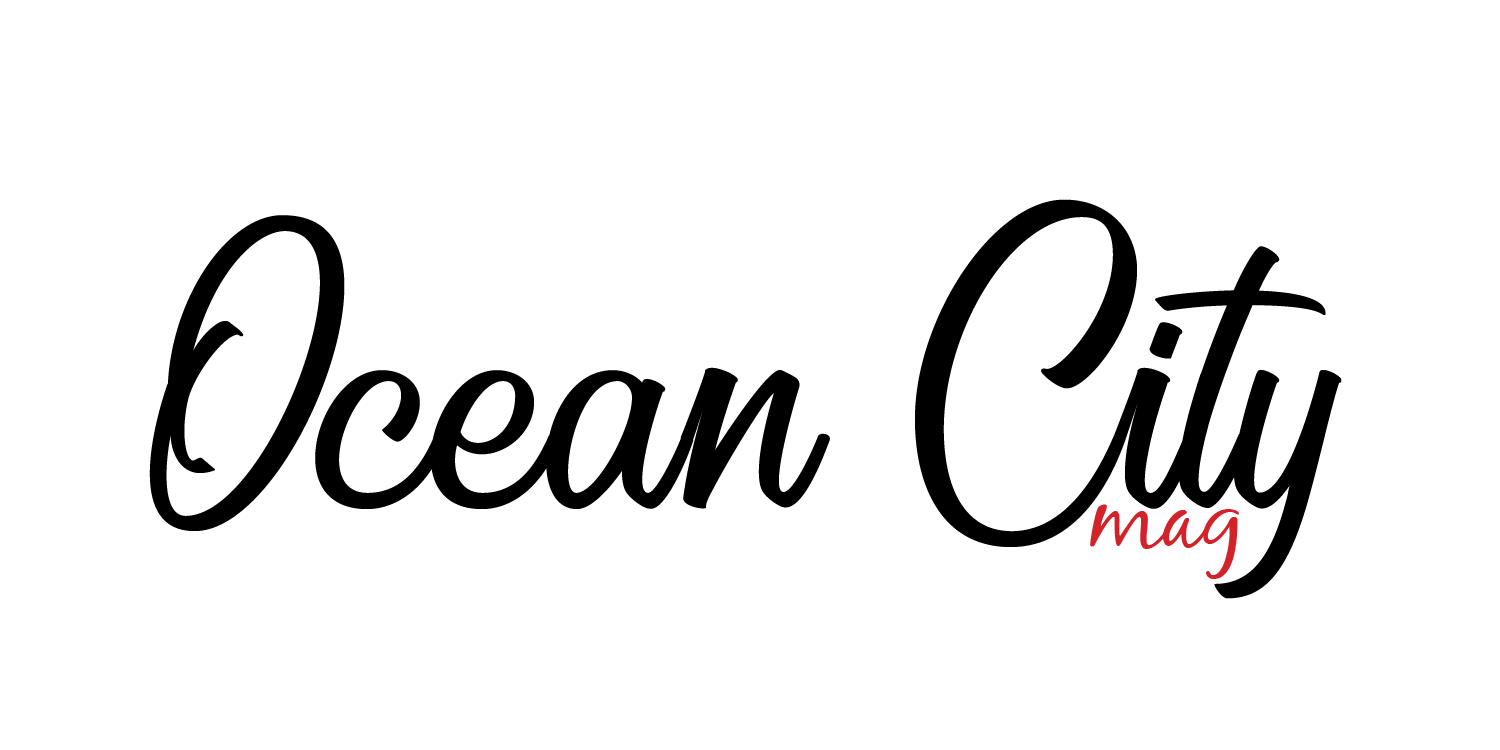U.S. Life Saving Station 30 takes part in the Lighthouse Challenge

The surfmen at U.S. Life Saving Station 30 did a variety of tasks including saving drowning and shipwreck victims in the late eighteen and early nineteen hundreds. They also were tasked with rowing to Somers Point for the mail.
This weekend, October 16 and 17, U.S. Life Saving Station 30, 801 E. 4th Street, will be part of the Lighthouse Challenge— an annual state-wide event that educates the public about lifesaving. Other sites that are part of the Lighthouse Challenge include the Sea Girt Lighthouse, Absecon Lighthouse, and the Tatham Life Saving Station.
“I want those who visit the Life Saving Station to understand the value of the lifesaving service, what the surfmen did, and get a feeling of what it was like to live in 1885. The station is [kept] in a time frame from 1885 to about 1905. We have to be very careful not to bring things in that aren’t from that time frame,” said John Loeper, Life Saving Station keeper.
The Life Saving Station was home to seven surfmen and one keeper at a time while it was in service from 1885-1915. New this year to the Life Saving Station is the opening of the second floor. One side of the floor is a bunk room for seven men and the other side depicts the keeper’s private quarters. Getting furniture to match the time period was a challenge.
“We took a photograph of a bed from a Life Saving Station and found a welding shop in South Jersey that bent the frame and made the beds for us. They were painted in house. We did some research on the paint. The mattresses came from a company in the Midwest who was making mattresses in 1874. We have period perfect mattresses on the beds.”
While they had to find furniture for the second floor, there are some original pieces in the Life Saving Station.
“There’s a lot of original artifacts mixed into replicas. I’d say we’re about 50/50, maybe a little bit higher for original artifacts,” said John.
Artifacts acquired over the years include one that many are familiar with— the Sindia rudder.
“The Sindia rudder was bouncing around at 18th Street for a long time. The Life Saving Station collected memorabilia of different rescues and things. It’s in an appropriate location,” John said.
The Life Saving Station was at one point a private residence until a committee formed to restore the station. About ten years ago, they were successful.
“Save the Station was active for ten years. One of the driving people was Johanis Seybold, who passed away recently. People wanted to do something at the station in remembrance of her.”
They have set up a curatorial account in her honor and will use the money to buy artifacts as they become available.
Next year, the Life Saving Station will be hosting a big event.
“The U.S. Life-Saving Heritage Association is having its annual meeting next fall here in Ocean City. There’s going to be people coming in from all over the country to understand life saving heritage in the South Jersey area,” said John.
The Life Saving Station is also in the process of tracking down 64 surfmen’s graves so that they can receive military markers for their service.
“None of these men have ever been acknowledged. We’ve found 32 of their graves, which is pretty amazing,” John said.
The Life Saving Station is looking forward to teaching the public about their history.
“We’re anticipating close to 2500 people. The weather’s going to be nice. We’re going to open up all the windows and doors,” John said. “We’ll be there helping people understand the life saving service.”











